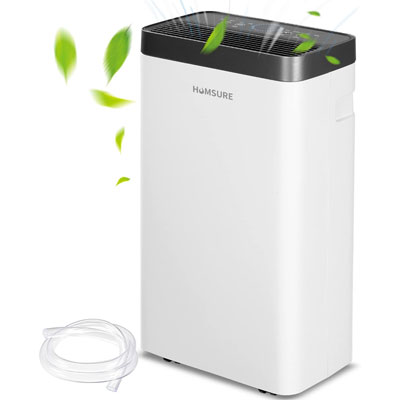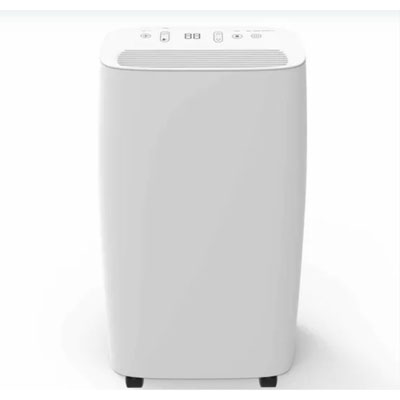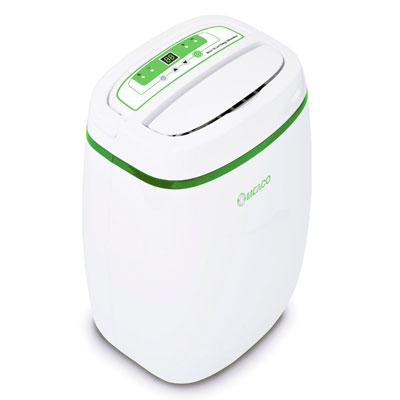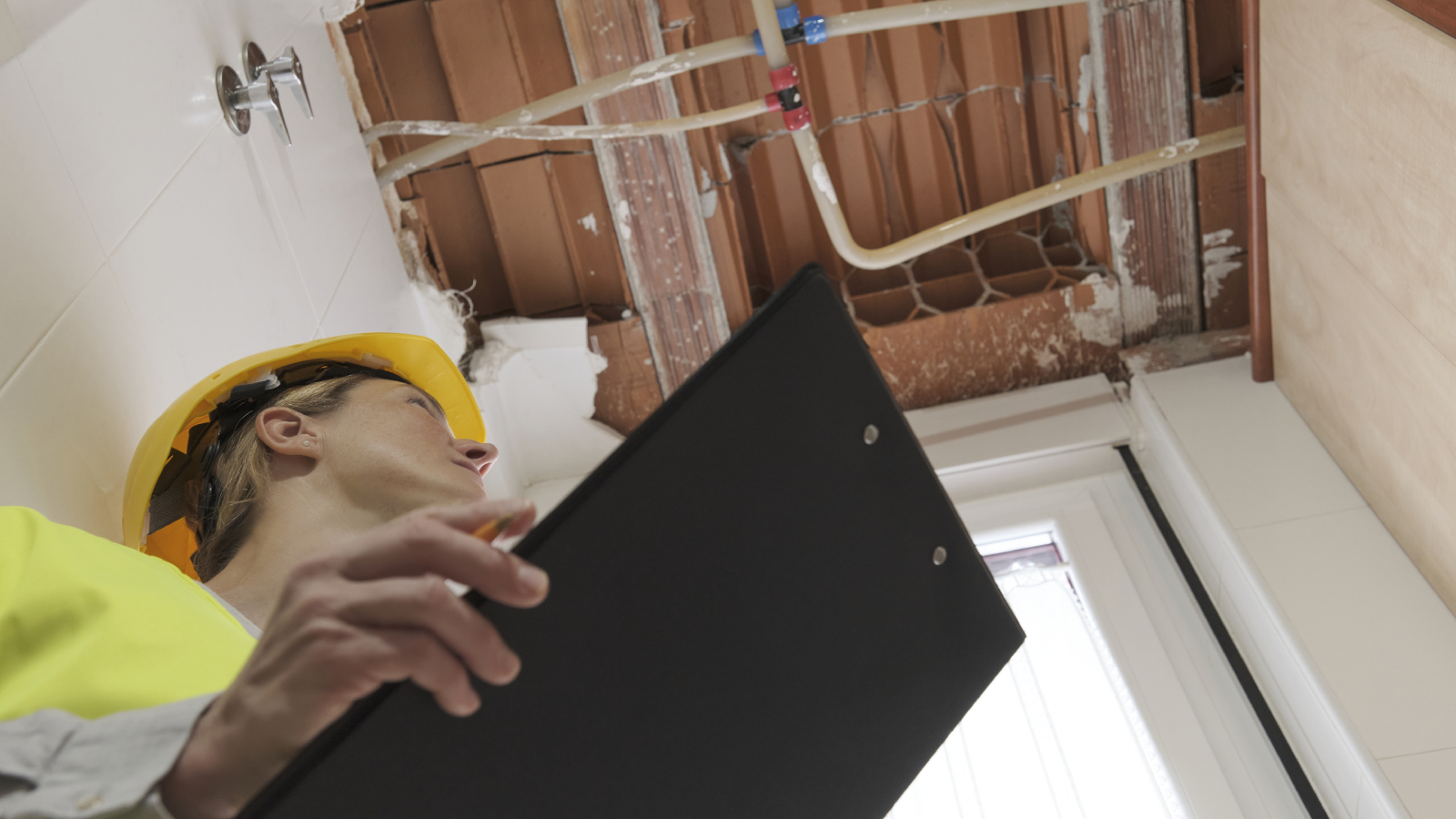Why you should never ignore wet loft insulation – discover common causes and potential solutions
If you have found wet insulation in your loft, don't panic – our guide explains the steps you'll need to take to fix the problem
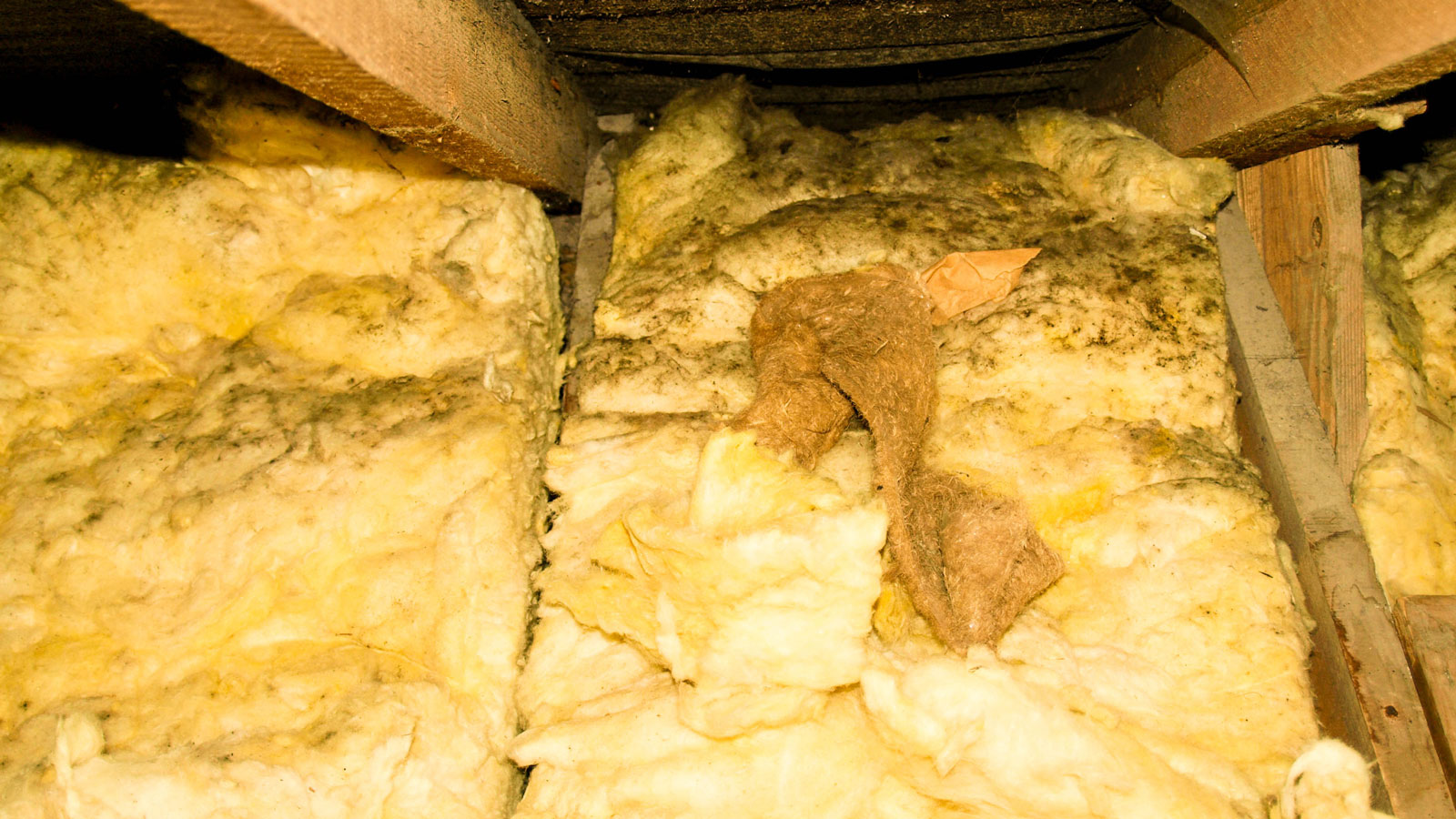
If you have discovered wet loft insulation in your roof space you are likely to be wondering how it got that way. Insulation is so important in keeping your home at a comfortable temperature, as well as helping to reduce household bills, but there are cases where its effectiveness can be compromised.
There are several reasons why loft insulation gets wet or holds on to excess moisture. Understanding what these are, finding the culprit of your particular problem and getting to grips with how to prevent it from reoccurring is vital if you want the insulation to do the job it is there for.
We reached out to the experts to discover the leading causes of wet loft insulation and what can be done to both fix the issue as well as the steps you can take to stop it from happening in the first place.
Why is my loft insulation wet?
If you notice your loft insulation feels damp to the touch, or is visibly wet (look for dark patches, mould and areas of sagging), you are likely to be pretty concerned. There are two main reasons why this issue might have occurred: condensation and leaks in the roof structure.
"The most common cause of widespread dampness in loft insulation is internal condensation in lofts – not necessarily a roof leak," reveals Samuel Hitch, MD at Buy Insulation Online. "This occurs when warm, moist air generated inside the house (from cooking, washing, etc.) escapes into the cold loft space."
"Condensation is almost always the root cause and poorly installed insulation can create this effect," adds Zaeem Chaudhary, director and chartered architectural technologist (MCIAT) at AC Design Solution. "That's why modern buildings tend to use warm roof construction or cavity walls rather than cold decks and hybrid roof systems."
"Condensation presents as diffuse dampness across broad areas of the insulation or roof deck, often worsening during cold, dry weather when the temperature difference between the house and the loft is greatest" adds Samuel Hitch.
Bring your dream home to life with expert advice, how to guides and design inspiration. Sign up for our newsletter and get two free tickets to a Homebuilding & Renovating Show near you.
The good news is that once you have pinned down the root cause of your wet loft insulation, there are steps you can take to put the problem right.
What causes loft condensation?
With condensation being the leading cause of wet loft insulation, it is important to understand why it occurs and what can be done to prevent it. The first issue to be aware of is poor or compromised ventilation.
"Continuous ventilation is mandatory,' picks up Samuel. "UK Building Regulations guidance requires continuous cross-ventilation in cold pitched roofs to disperse moisture vapour before it can condense. Effective moisture control hinges on maintaining two specific air gaps: eaves intake and rafter void.
"When it comes to eaves intake, an air intake equivalent to a continuous 25mm deep slot must be maintained at the eaves," further explains Samuel. "Purpose-made eaves vents or baffles are often required to achieve this.
"For the rafter void, a minimum 50mm continuous air path must be maintained between the top of the insulation and the underside of the roof deck or membrane to allow air to flow unimpeded from the eaves to the ridge.
"Installing deep layers of insulation (often around 270mm to meet thermal targets) can inadvertently block the critical 25mm eaves vent or the 50mm air path if installation trays or baffles are not correctly used," adds Samuel.
Finally, in some cases, vapour control layer (VCL) failure can be to blame.
"If the VCL, which should be on the warm side of the insulation, is missing, misaligned, or not meticulously sealed at all overlaps and penetrations, warm, moisture-laden air bypasses it and reaches the cold void, leading to interstitial condensation," explains Samuel Hitch.
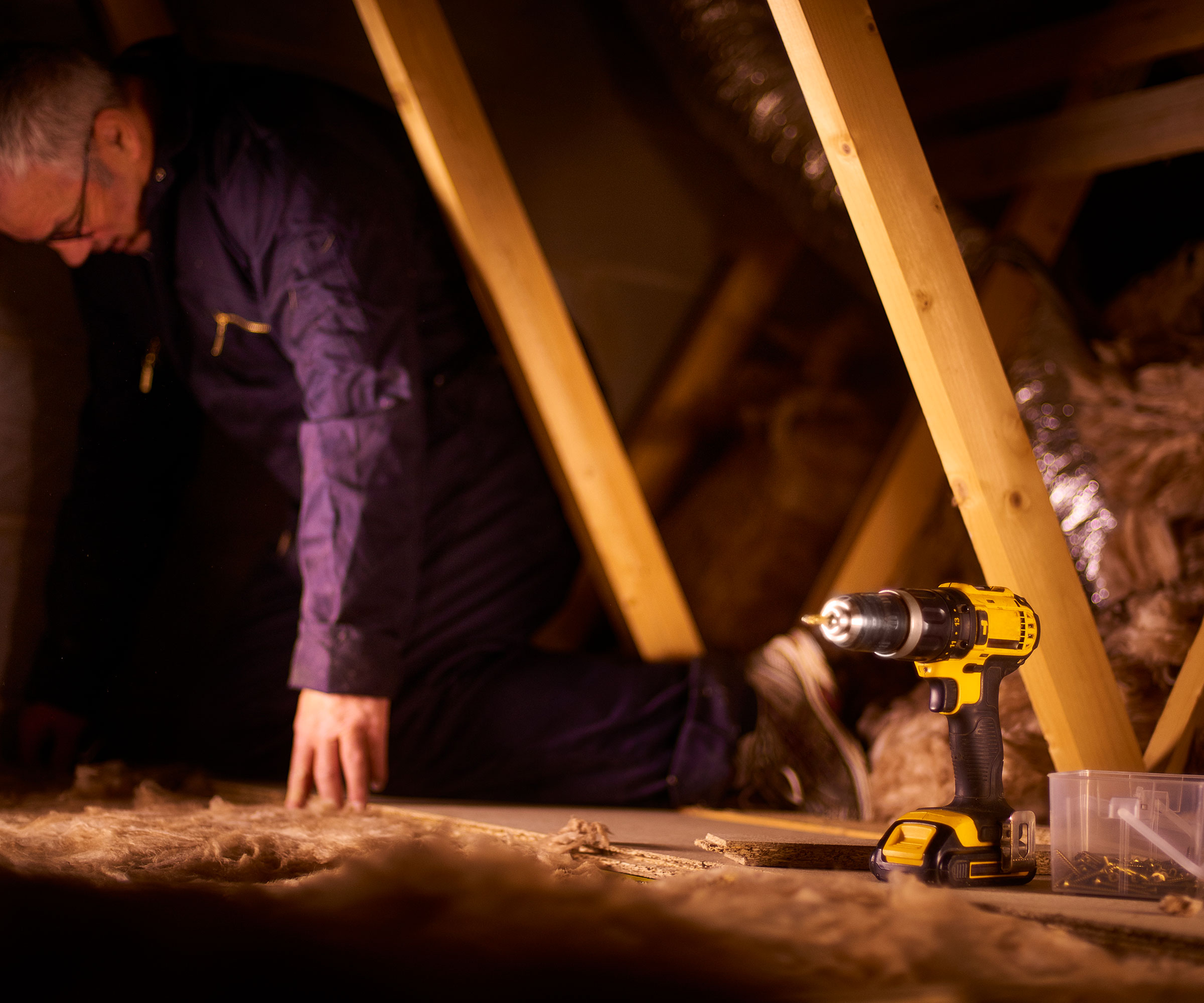

With over 20 years of expertise, Samuel leads a group of UK companies specialising in industrial insulation, mechanical engineering, and electrical construction estimating. His companies deliver comprehensive solutions across the construction sector, from technical insulation sales to MEP pre construction management.

Zaeem Chaudhary, MCIAT is director of AC Design Solution, a multidisciplinary practice delivering architecture, structural engineering, and party wall services across London and the UK.
What are the signs of a leaking roof?
Wet loft insulation is not always caused by condensation and it is important to be aware of this – an undetected leak could be to blame. The signs of this are very different to the kind of wetness you can expect from condensation.
"Leakage typically causes heavy, localised saturation directly beneath a defect, for example a missing tile, damaged flashing, or plumbing leak," explains Samuel Hitch. "It may also correlate with periods of heavy rain."
If you suspect a leak is causing your loft insulation to get wet, look out for missing or worn out flashing, slipped roof tiles, blocked gutters or damage to your chimney. The roof leak repair costs you incur will be well worth it to protect the rest of your home.
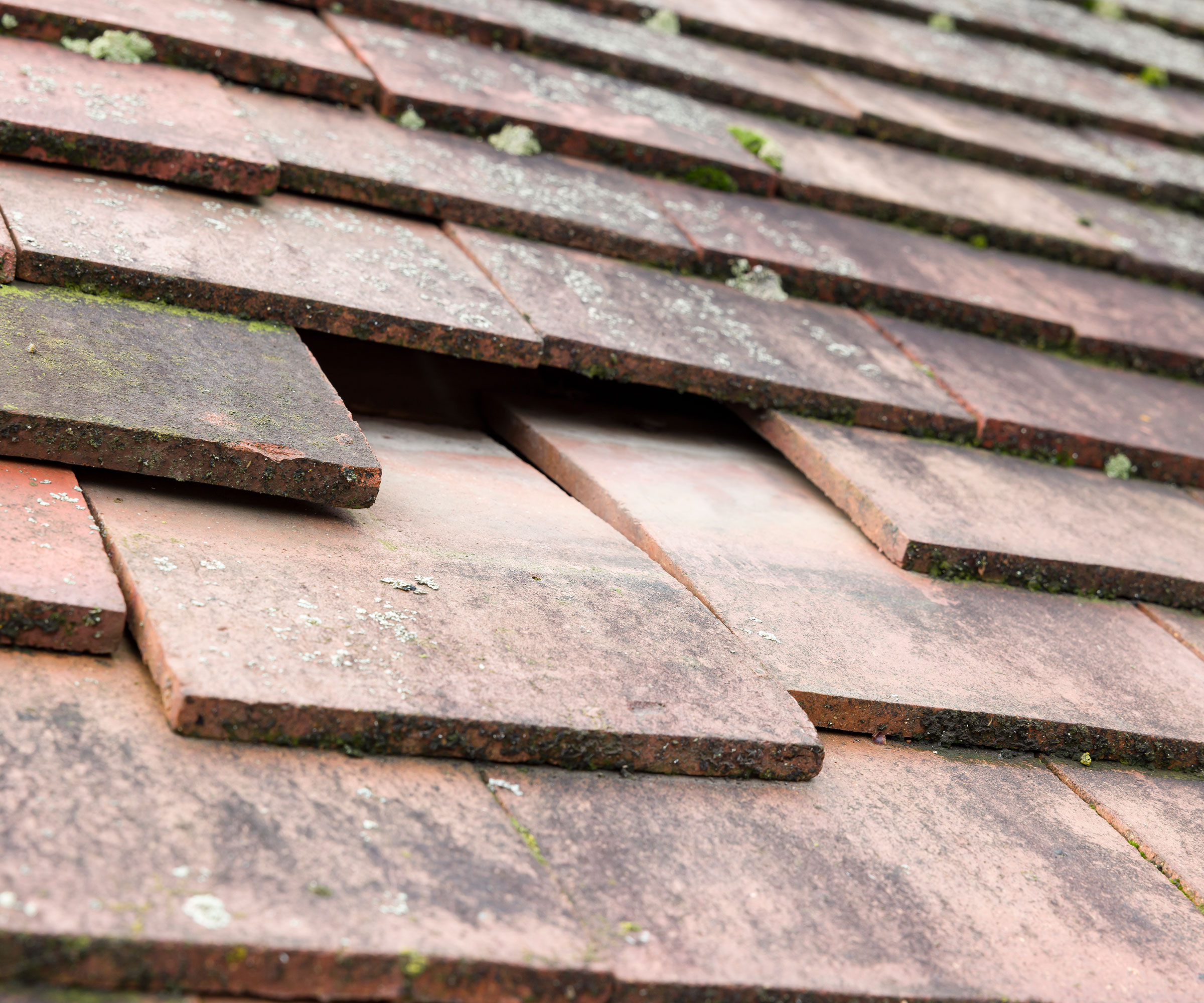
What happens when loft insulation gets wet?
When loft insulation gets wet, its performance is affected and it could, if left in this state, cause issues with the structure of your loft, including damp, rotten rafters and mould.
"Insulation traps air in tiny pockets," explains Zaeem Chaudhary. "Air doesn't conduct heat well, so it slows heat loss. When it gets wet, water fills those air pockets and water conducts heat about 20 times better than insulation. Research shows that just 20% moisture can cut the performance of insulation by half. The insulation also gets heavy, compresses, and loses its structure."
"Wetness destroys thermal performance," reasserts Samuel Hitch. "Regardless of the material, water dramatically increases its thermal conductivity, effectively causing the wet insulation to stop resisting heat flow and rendering it thermally ineffective."
Are some types of insulation more prone to damp than others?
While ensuring good ventilation and keeping on top of roof maintenance are both good ways to ensure your insulation stays dry, it is interesting to note that the type of roof insulation you choose can play a part too.
"The common fibrous materials perform differently: stone wool (Rockwool) is highly moisture-resistant, retains its structure when wet, and has good drying potential," explains Samuel Hitch. "Glass wool (Fibreglass) is less resistant, can easily get damp, and may promote mould growth, as well as suffering from severe thermal loss if left saturated."
Should wet loft insulation be dried out or removed?
Once you have discovered wet loft insulation, what should your next steps be? If you act quickly, it might not be necessary to look into insulating a roof all over again.
"Immediately identify and fix the source of the moisture – most likely a leak or ventilation failure," begins Samuel Hitch.
"Next, carefully remove wet mineral wool and dry it thoroughly in a warm, well-ventilated area. If the dried material is structurally compromised, retains a persistent odour, or has suffered chronic saturation, it must be replaced to protect the structural integrity of the roof timbers.
"Finally, use fans and dehumidifiers to dry the surrounding loft structure," adds Samuel.
Shop dehumidifiers
FAQs
Will boarding a loft stop insulation getting damp?
Boarding a loft is not only a great way to transform it into extra storage space – it can also add value to your home as well as ensuring the area stays moisture free.
'To prevent damp loft insulation, it’s recommended that you board your loft, which helps trap heat,' explains Andy Simms of MyBuilder.
It helps to understand how moisture gets into your loft in the first place.
'Moisture enters the loft primarily through convective air movement –warm air escaping through unsealed gaps, cracks, and service penetrations in the ceiling,' explains Samuel Hitch. 'This transports far more moisture than slow diffusion through solid materials.'
'Daily activities create moisture,' adds Zaeem Chaudhary. 'The biggest contributors are drying clothes indoors, long showers and boiling pans without lids. Even breathing and houseplants add up.'
If you are ready to turn your loft conversion ideas into reality, be sure to discuss insulation with your builder or loft conversion specialist to ensure your newly formed space is neither too hot or too cold and is a pleasure to spend time in all year long.
Natasha was Homebuilding & Renovating’s Associate Content Editor and was a member of the Homebuilding team for over two decades. In her role on Homebuilding & Renovating she imparted her knowledge on a wide range of renovation topics, from window condensation to renovating bathrooms, to removing walls and adding an extension. She continues to write for Homebuilding on these topics, and more. An experienced journalist and renovation expert, she also writes for a number of other homes titles, including Homes & Gardens and Ideal Homes. Over the years Natasha has renovated and carried out a side extension to a Victorian terrace. She is currently living in the rural Edwardian cottage she renovated and extended on a largely DIY basis, living on site for the duration of the project.
